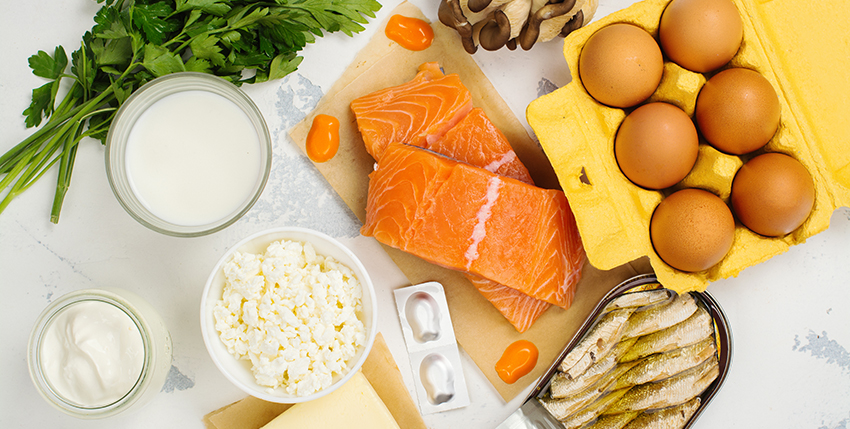It’s commonly known as the “sunshine vitamin,” as exposure to direct sunlight is a source of it. And according to the National Institutes of Health, 15 minutes of sun exposure, three times a week, is enough to produce sufficient amounts. But unless you’re lucky enough to live in a sunny climate like Florida or Arizona, you’re at the mercy of the seasons. On a bitterly cold winter day, though the sun is shining, a temperature of -5 degrees makes the thought of heading outdoors less than appealing. So from November through March, opportunities of getting your daily dose of the sunshine vitamin are harder to come by.
But the good news is, there are other ways to get your daily recommended 2,000 IU. A vitamin D supplement is certainly the most convenient way. And with some simple diet tweaks, you can get closer to your daily dose. Chances are, you’re enjoying some of these foods already!
Best food sources of vitamin D:
- Oily fish, such as salmon, trout, tuna or mackerel. (Six ounces of salmon contains 600 IU!)
- Canned tuna and sardines are a good, inexpensive source
- Certain mushrooms, but you’d have to really love mushrooms because there’s only about 12 IU per cup
- An 8-ounce glass of milk contains 80 IU
- Some orange juices are fortified with vitamin D, 100 IU per 125mL
- Yogurt contains 80 IU







